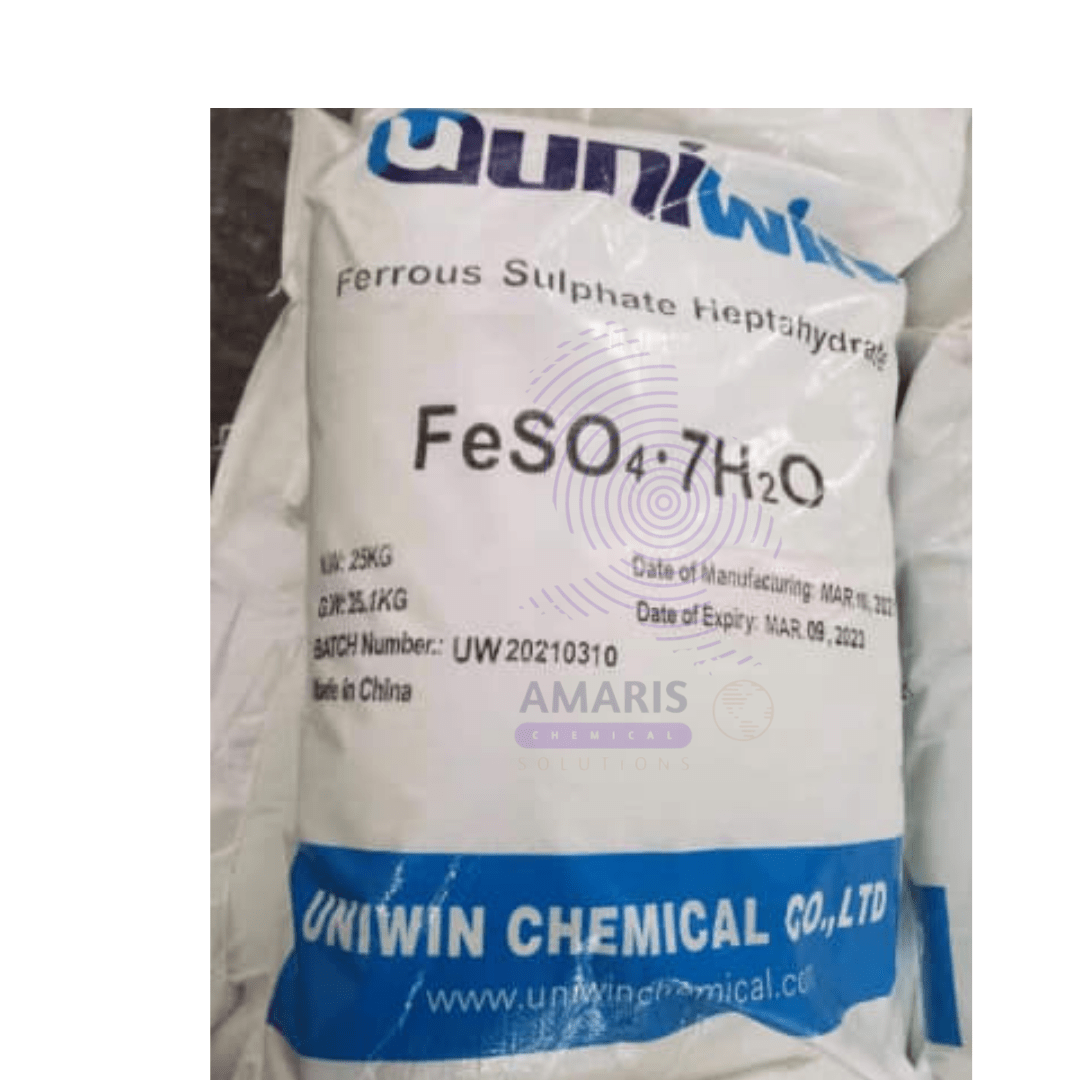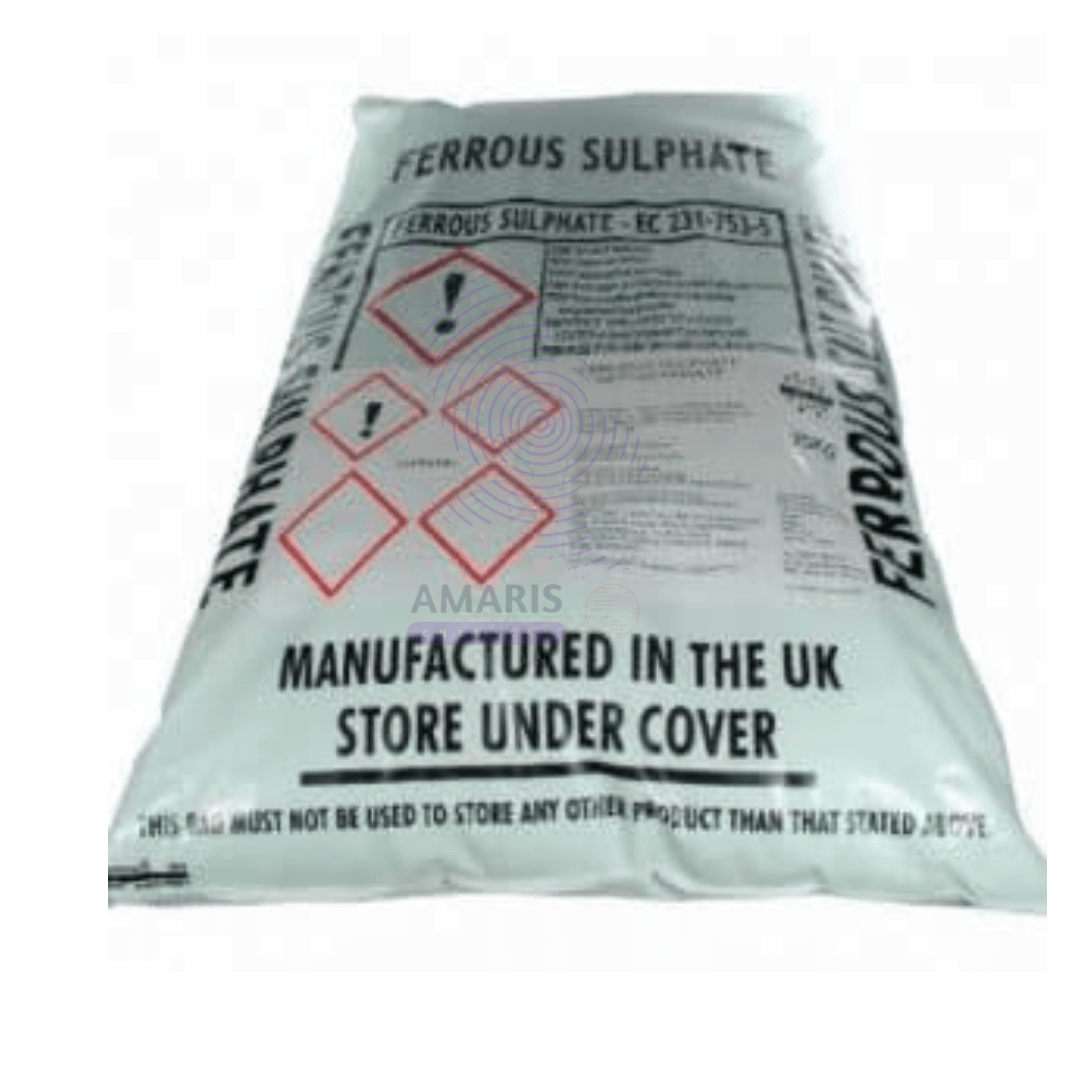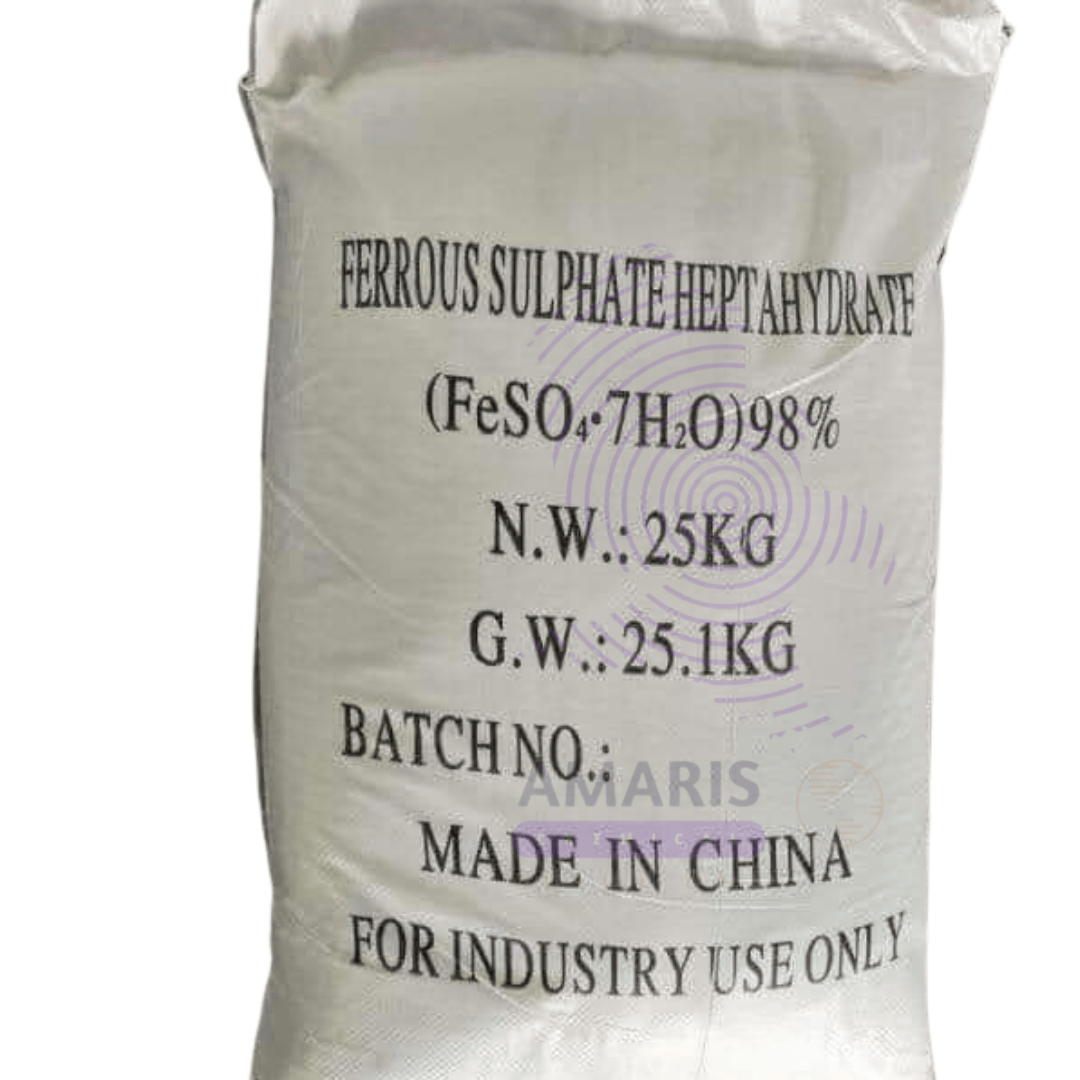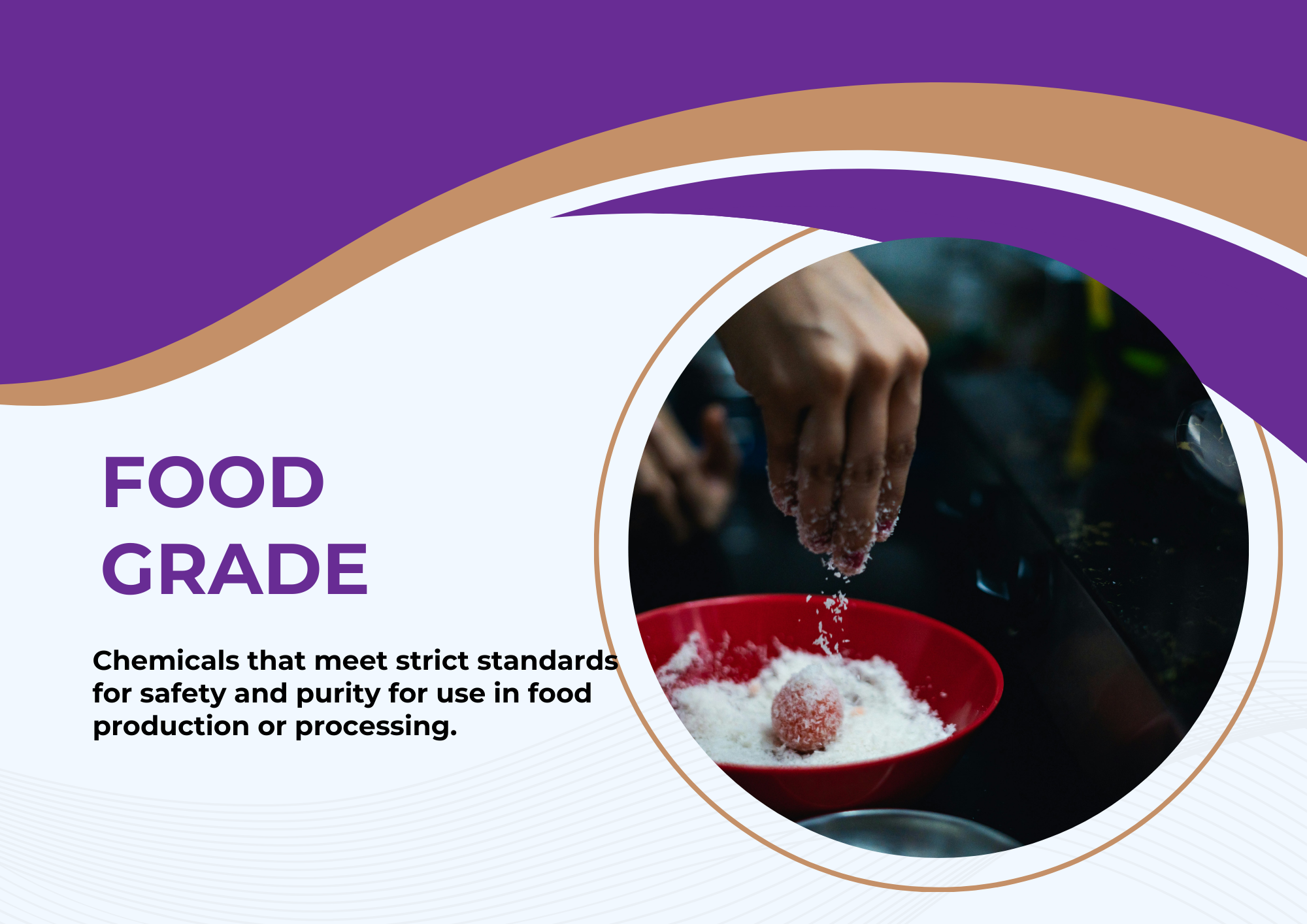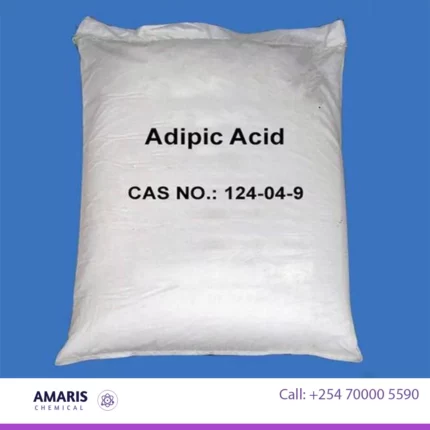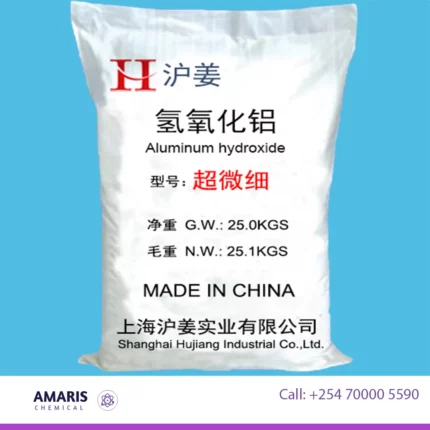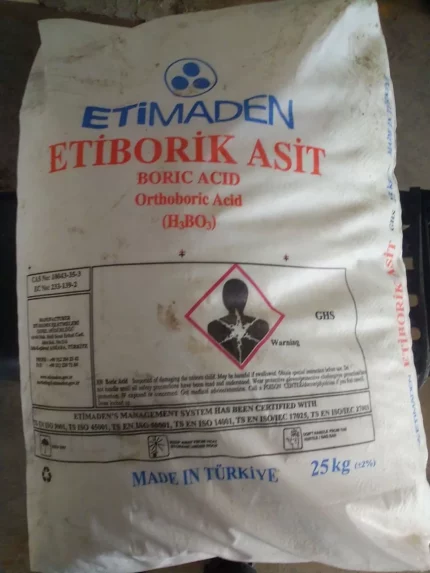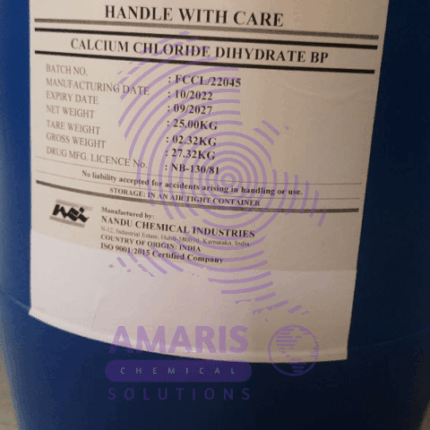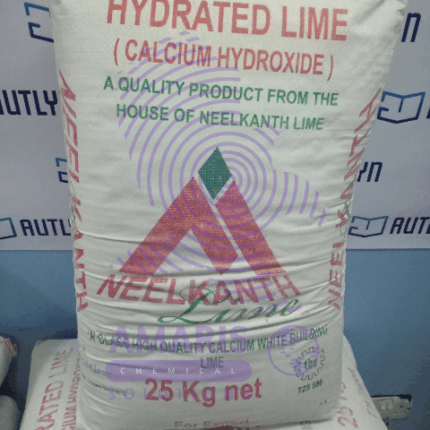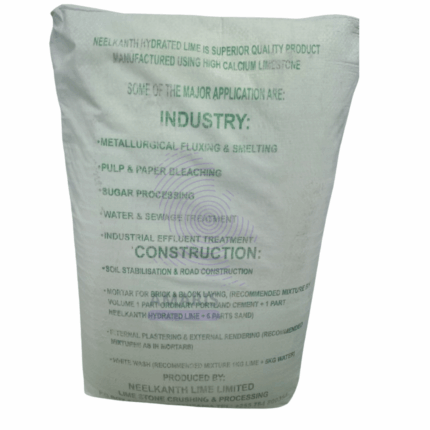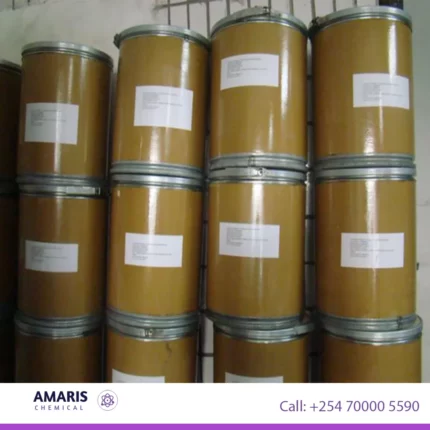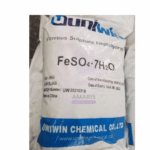

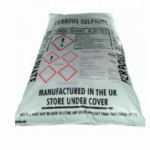
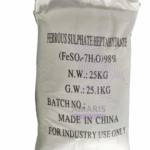


Ferrous Sulphate Heptahydrate
$8,500.00 Original price was: $8,500.00.$8,000.00Current price is: $8,000.00.
Ferrous Sulphate Heptahydrate is a chemical compound with the formula FeSO4, which is made up of iron, sulfur, and oxygen. It is a type of salt that is commonly used as a nutritional supplement and a medicine to treat iron deficiency anemia. Ferrous sulfate is also used in various industrial applications, such as water treatment, fertilizers, and pigments. In its solid form, ferrous sulfate appears as a white or grayish-white crystalline powder, and it is soluble in water.
Ferrous Sulphate Heptahydrate Uses
Primary Uses of Ferrous Sulphate Heptahydrate
1. Iron Supplement (Nutrition & Medicine)
-
Treats iron-deficiency anemia (oral tablets or liquid supplements).
-
Fortifies foods (e.g., wheat flour, infant cereals) to prevent malnutrition.
2. Agriculture & Soil Treatment
-
Corrects iron chlorosis (yellowing of leaves in crops like maize, citrus, and rice).
-
Lowers soil pH in alkaline soils for better nutrient absorption.
3. Water & Wastewater Treatment
-
Phosphate removal in sewage plants to prevent algal blooms.
-
Reduces chromate (Cr⁶⁺) in wastewater to less toxic Cr³⁺.
4. Industrial Chemical Processes
-
Precursor for other iron compounds (e.g., ferric sulphate, iron oxide pigments).
-
Fenton’s reagent (used in organic pollutant degradation).
5. Animal Feed Additive
-
Prevents anemia in livestock (poultry, pigs, cattle).
Secondary Uses of Ferrous Sulphate Heptahydrate
1. Wood Preservation
-
Mordant in wood staining (reacts with tannins for darker shades).
2. Textile Industry
-
Dye fixative for black and navy fabrics.
3. Horticulture (Lawn & Garden Care)
-
Moss killer (used in lawn treatments to suppress moss growth).
4. Concrete & Cement Additive
-
Reduces chromates in cement to prevent allergic dermatitis in workers.
5. Historical & Educational Uses
-
Ink production (historically used in iron gall ink).
-
Chemistry experiments (demonstrates redox reactions).
| Weight | 25 kg |
|---|---|
| APPEARANCE |
Crystalline |
| AVAILABLE PACK SIZE |
25kg( Metal or Plastic Jerrycan/ Bucket, Bag, Box, Polythene bag, Carton bag) ,50kg( Metal or Plastic Jerrycan/ Bucket, Bag, Box, Polythene bag, Carton bag) |
- Basic Identification Attributes
- Chemical Name (IUPAC): Iron(II) sulfate heptahydrate
- Common/Trade Names:
- Green vitriol
- Copperas
- Iron vitriol
- CAS Number: [7782-63-0]
- HS Code: 2833.29.00 (Sulfates of iron)
- Molecular Formula: FeSO₄·7H₂O
- Synonyms:
- Ferrous sulfate 7-hydrate
- Iron(2+) sulfate heptahydrate
- Physical & Chemical Properties
- Physical State: Blue-green crystalline solid
- Color & Odor: Pale green crystals; odorless
- Melting Point: 64°C (147°F) (loses water)
- Density: 1.895 g/cm³
- Solubility:
- Water: 256 g/L (20°C)
- Insoluble in ethanol
- pH Level: 3-4 (1% solution; acidic)
- Decomposition: >300°C (forms Fe₂O₃ + SO₃)
- Refractive Index: 1.47
- Safety & Hazard Attributes
- Hazard Class (GHS):
- Acute Toxicity (Oral, Category 4) (H302)
- Skin Irritation (Category 2) (H315)
- Eye Damage (Category 1) (H318)
- NFPA Ratings:
- Health: 2 | Flammability: 0 | Reactivity: 1
- Exposure Limits:
- OSHA PEL: 1 mg/m³ (as Fe, respirable dust)
- ACGIH TLV: 1 mg/m³ (respirable fraction)
- Reactivity:
- Oxidizes in air (yellow/brown discoloration)
- Reduces gold/silver salts to metals
- Storage & Handling Attributes
- Storage Conditions:
- Airtight containers in cool, dry place
- Protect from oxidation (nitrogen blanket optional)
- Incompatible Materials:
- Strong oxidizers (e.g., chlorates, nitrates)
- Alkalis (forms Fe(OH)₂ precipitate)
- Container Type:
- Plastic (HDPE) or corrosion-resistant metal
- Shelf Life: 12-24 months (check for oxidation)
- Special Handling:
- Use dust mask, gloves (nitrile), and goggles
- Regulatory & Compliance Attributes
- Regulatory Status:
- FDA: GRAS (21 CFR 184.1315) - iron fortification
- EU: Approved as food additive (E579)
- EPA: Listed under TSCA
- Hazard Symbols:
- ⚠️ (Irritant)
- Transportation Restrictions:
- UN Number: Not regulated (non-hazardous for transport)
- Waste Disposal:
- Neutralize and landfill or recover iron content
- Environmental & Health Impact
- Ecotoxicity:
- LC50 (fish): 10-100 mg/L (moderate toxicity)
- Persistence:
- Oxidizes to ferric sulfate in environment
- Human Health:
- Essential Nutrient: Prevents iron-deficiency anemia
- Overexposure: Nausea, GI irritation (>20 mg/kg)
Personal Protective Equipment (PPE):
- Respiratory:N95 dust mask (for powder handling)
- Eyes:Safety goggles + face shield (for splash risk)
- Skin:Nitrile gloves + chemical-resistant apron
- Body:Lab coat or coveralls
Handling Requirements:
- Use in well-ventilated areasto minimize dust
- Avoid contact with strong oxidizers(risk of violent reaction)
- Prevent moisture exposure(hygroscopic)
- Use non-sparking toolsfor handling
Storage Conditions:
- Store in:
- Airtight containers (HDPE or glass)
- Cool (<25°C), dry environment
- Away from:
- Oxidizers
- Alkali metals
- Moisture sources
Inhalation (Dust):
- Move to fresh air immediately
- If breathing difficulty occurs, administer oxygen
- Seek medical attention if symptoms persist
Eye Contact:
- Flush with lukewarm waterfor 15+ minutes
- Hold eyelids openduring irrigation
- Immediate ophthalmologist consultation
Skin Contact:
- Remove contaminated clothing
- Wash with soap and waterfor 15+ minutes
- Apply moisturizer (may cause dryness)
Ingestion:
- DO NOT induce vomiting
- Rinse mouth thoroughly with water
- Give 200-300mL water/milkto drink if conscious
- Seek immediate medical attention(risk of iron poisoning)
Fire Fighting:
- Not flammable, but may decompose at high temperatures (>300°C)
- Extinguishing Media:
- Water spray
- Dry chemical powder
- CO₂
- Hazardous Decomposition Products:
- Sulfur oxides
- Iron oxides
Small spills:
- Dampen with water to prevent dust
- Collect with inert absorbent(vermiculite, sand)
- Place in chemical waste container
Large spills:
- Contain with earth/sand barriers
- Prevent entry into drains/waterways
- Neutralize acidic residueswith sodium bicarbonate



 LABORATORY EQUIPMENT & APPARATUS
LABORATORY EQUIPMENT & APPARATUS
 Fertilizers
Fertilizers Plant Growth Regulators
Plant Growth Regulators Soil Conditioners
Soil Conditioners Animal Feed Additives
Animal Feed Additives Biostimulants
Biostimulants Dough Conditioners
Dough Conditioners Flour Treatments
Flour Treatments Fat Replacers
Fat Replacers Preservatives (baking)
Preservatives (baking)
 Surfactants (cleaning)
Surfactants (cleaning) Builders
Builders Bleaching Agents
Bleaching Agents Enzymes
Enzymes Solvents (cleaning)
Solvents (cleaning) Fragrances
Fragrances


